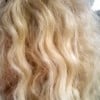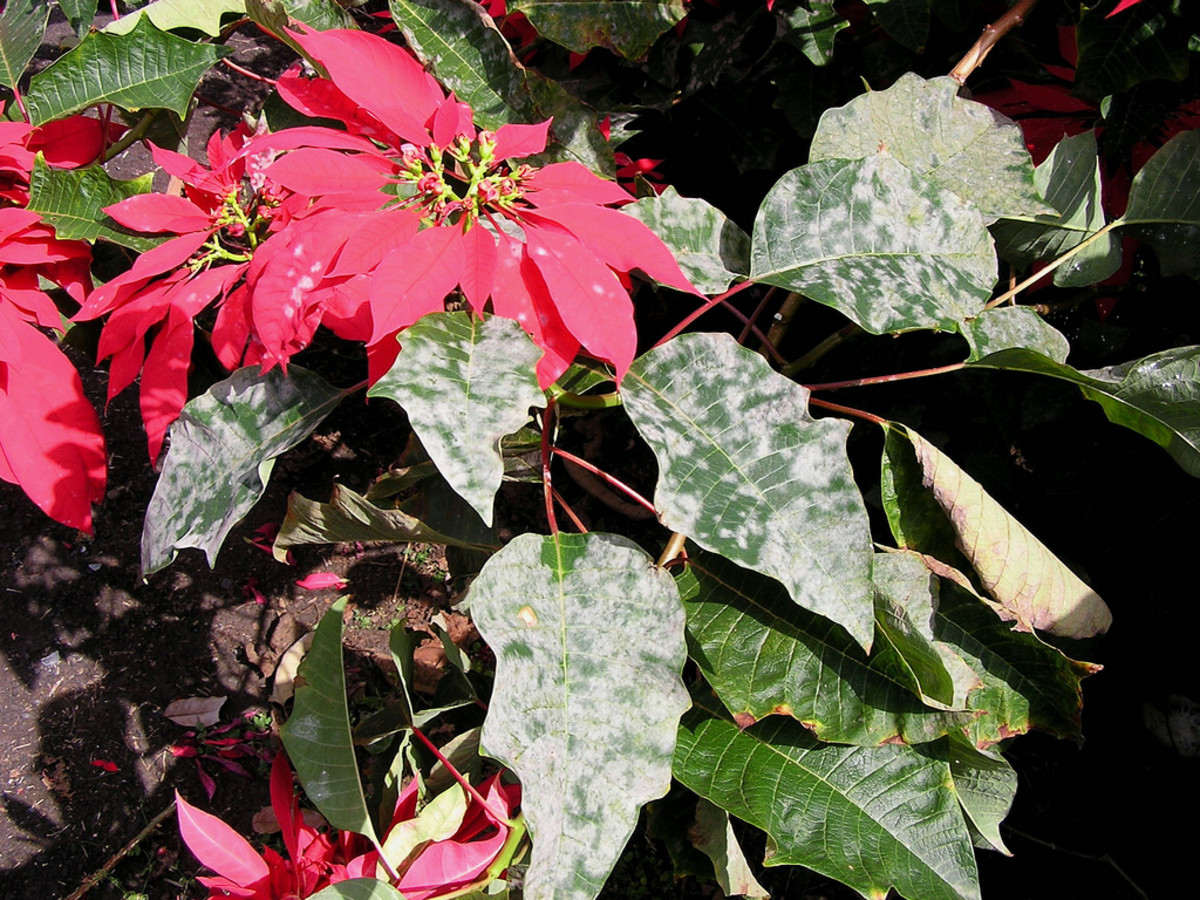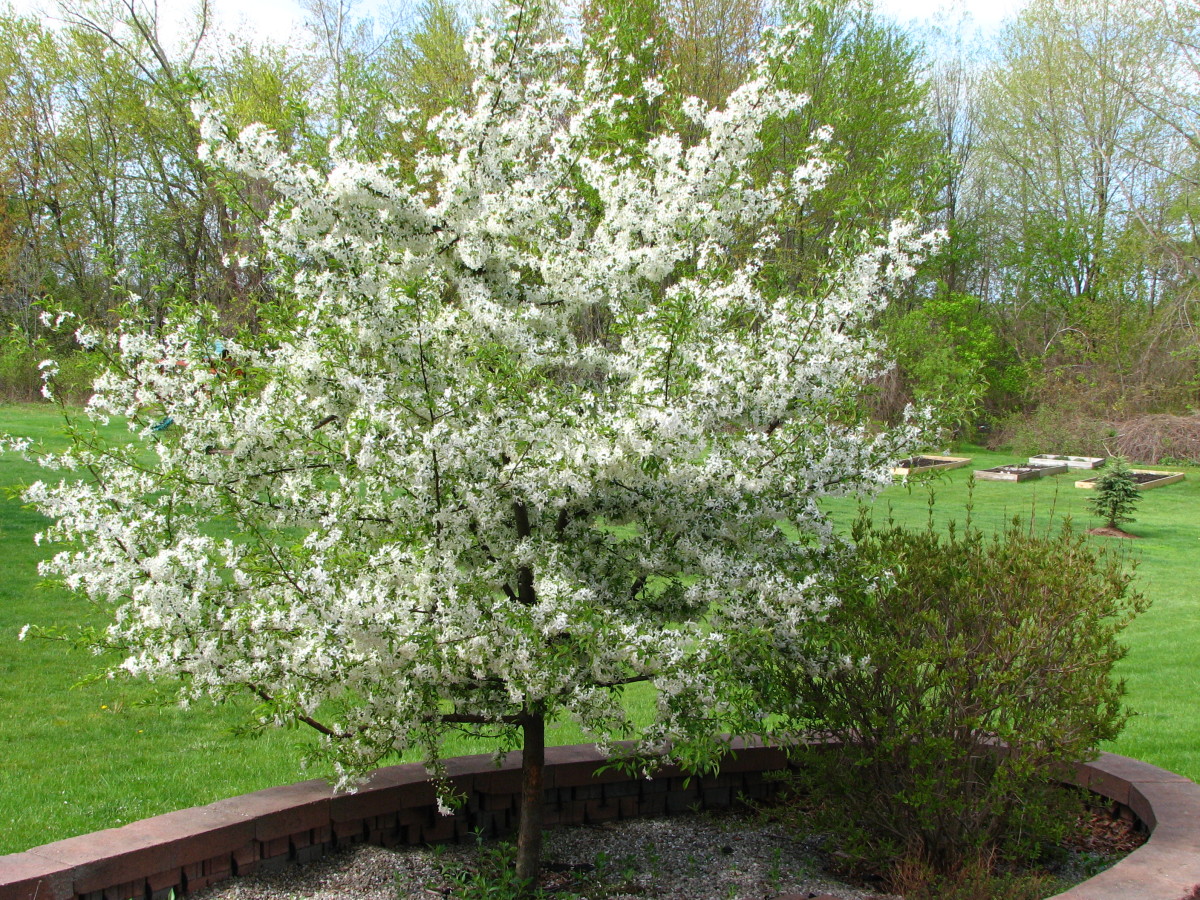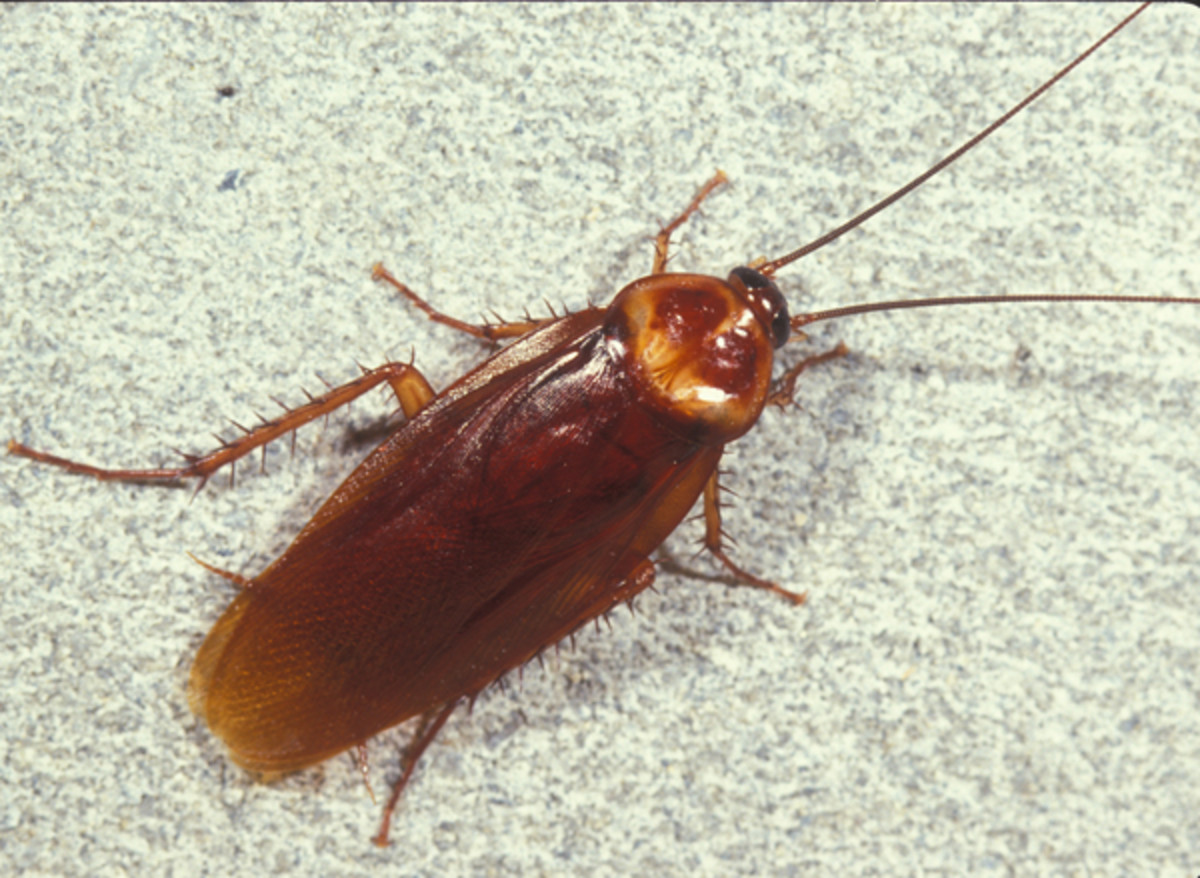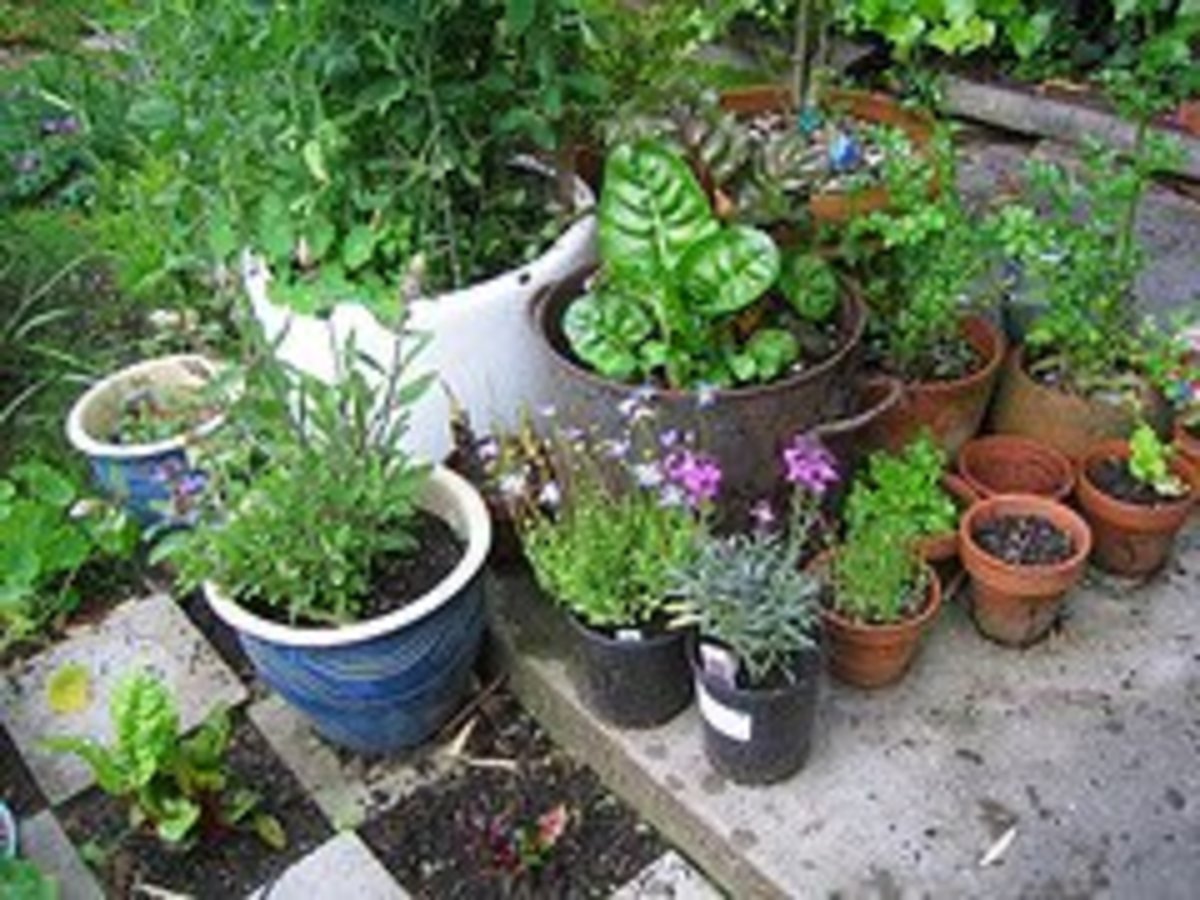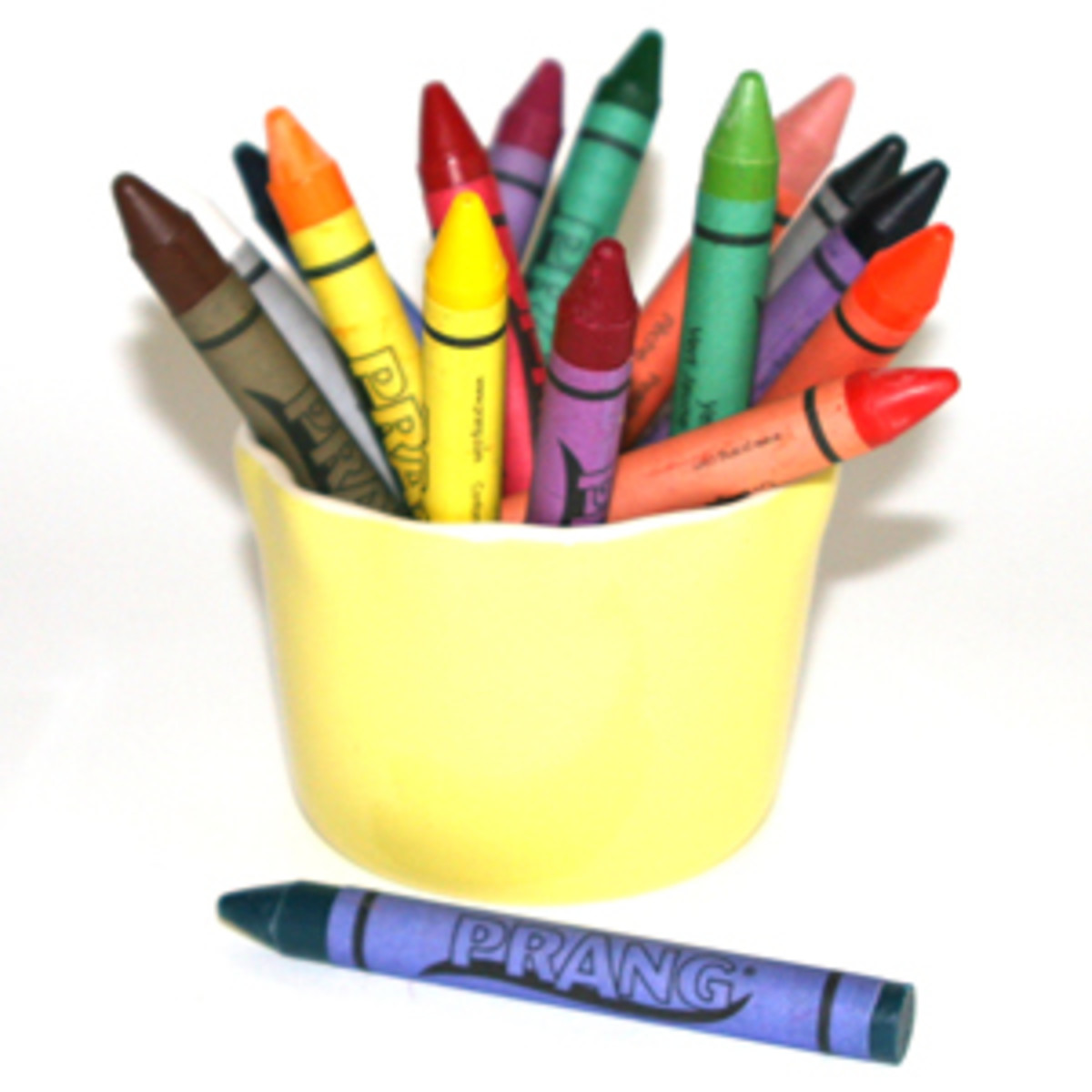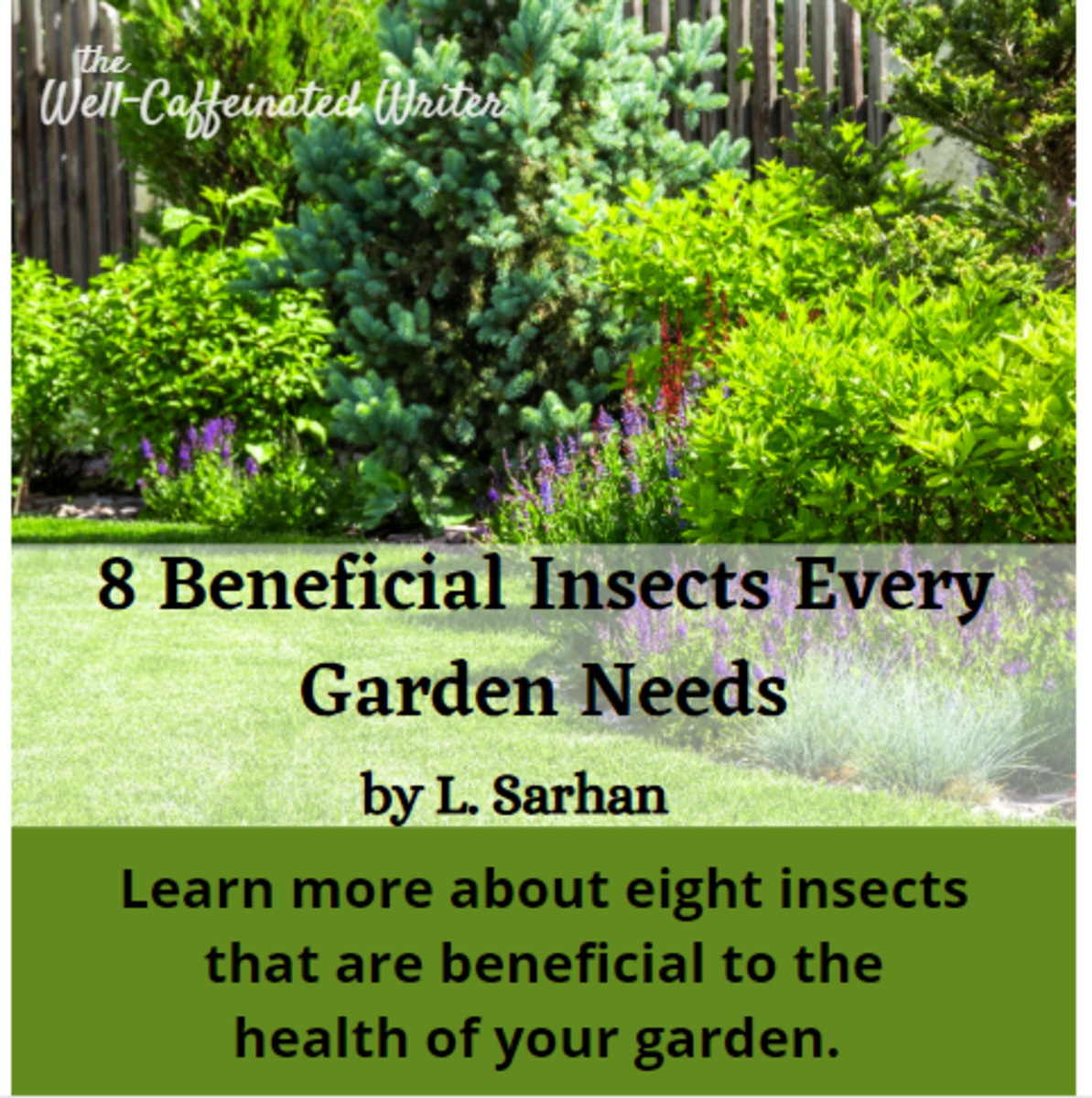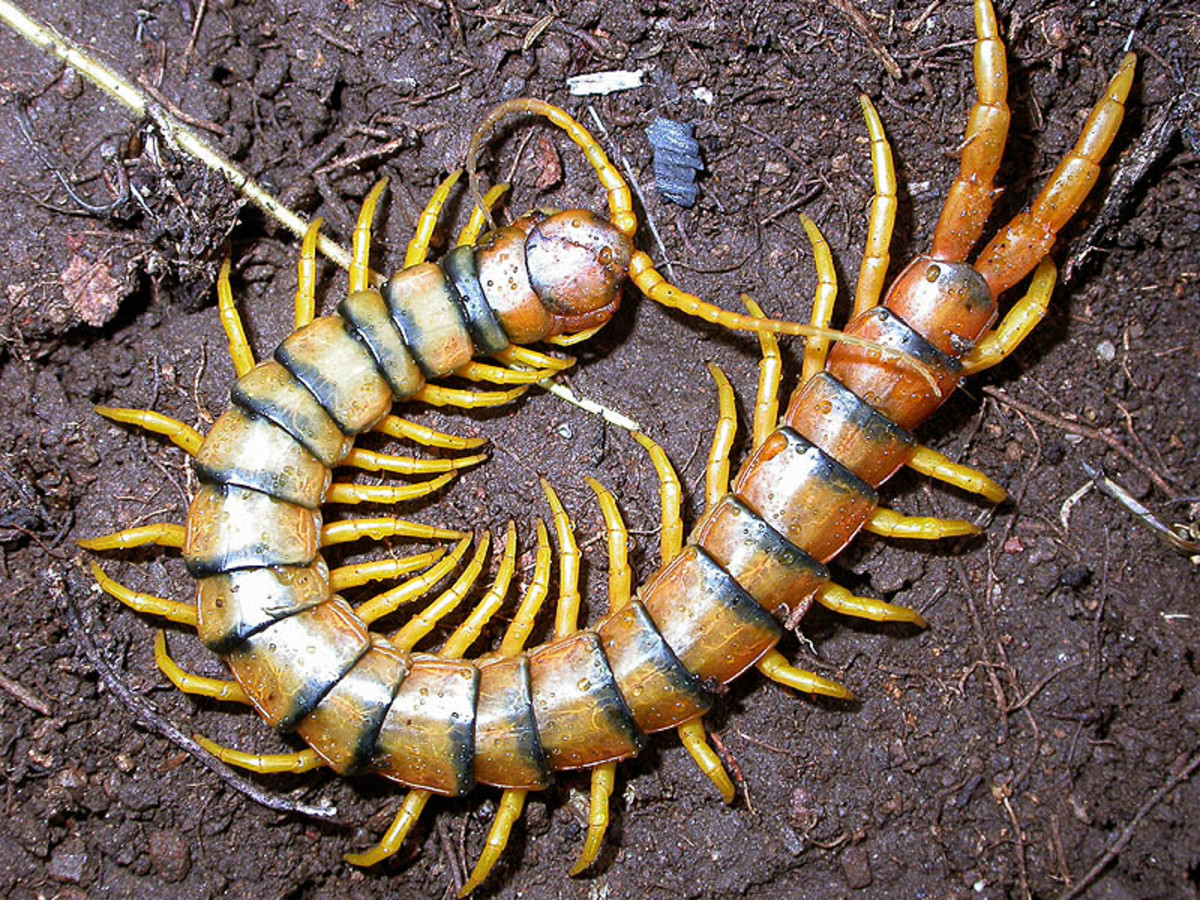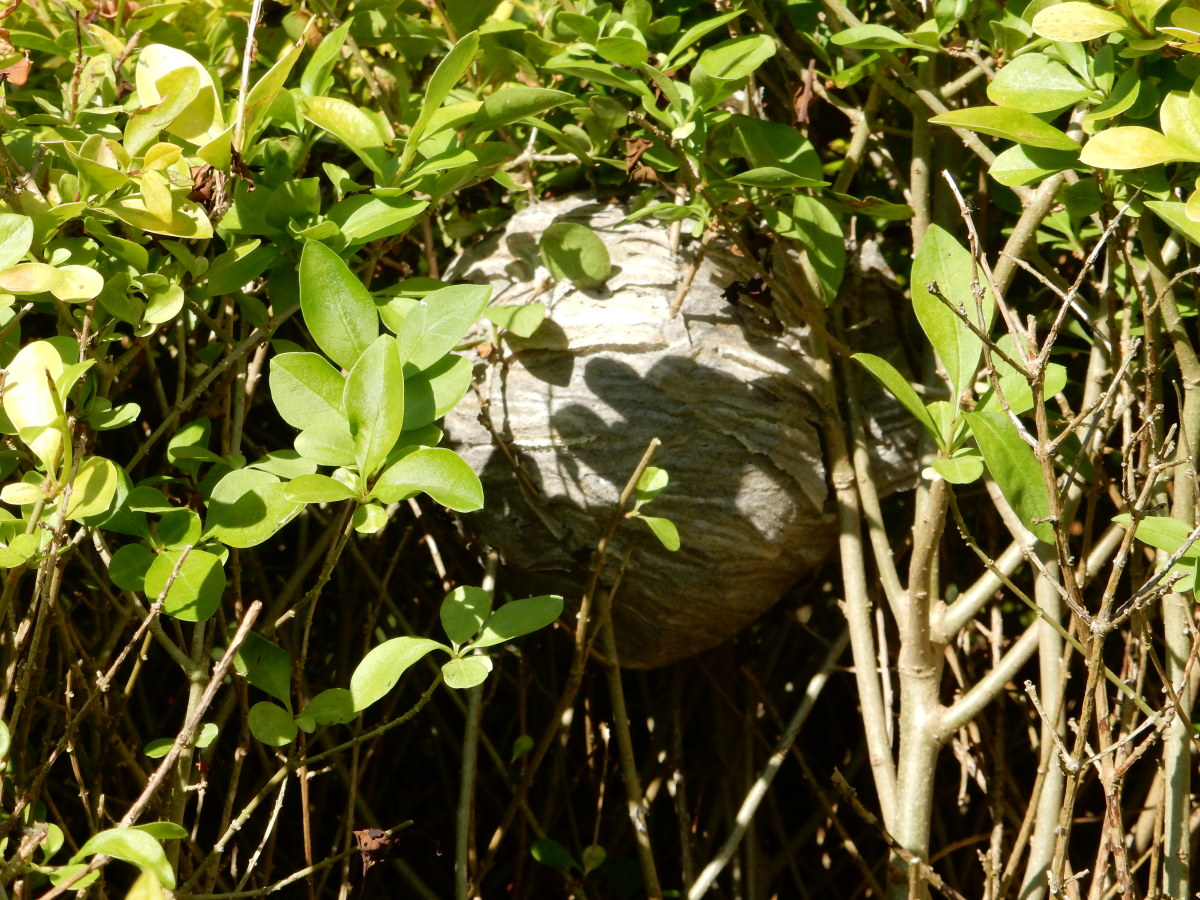ORGANIC PEST CONTROL - Recipes and Remedies
Natural Pest Control
The very best form of natural pest control is to grow healthy plants so that they are able to look after themselves. As a starting point, give your plants the right amount of food, soil, moisture and sunshine.
You can adopt an organic approach to pest control by making regular patrols on the plants in order to identify such pests as caterpillars, aphids, mites, red spiders and the like. Check your vegetables well, particularly looking under lettuce and cabbage leaves, and on beans, peas and carrots.
Beneficial (predator) insects such as Ladybirds (ladybugs), wasps, lacewings and dragonflies should be encouraged. All ‘pests’ are food for their predators and by killing them all off you are cutting down the chances that predators will build up enough to do the job of ‘pest control’ for you. Therefore, use sparingly.
Organic, natural pest control can be done easily and cleverly, and can be very efficient and effective.
The following are just a few excellent recipes for organic gardeners.
BORDEAUX MIXTURE - Brown rot, curly leaf, black spot, mildew
Bordeaux is a standard organic fungicide. It can be used when plants are dormant, generally during the winter months. It can be used on all citrus or cool days, when there are no blossoms on the trees. Bordeaux is effective for brown rot, curly leaf, black spot and other bacterial, fungal and mildew problems. Spray grapevines when the shoots are less than 100cm long, for black spot and powdery mildew.
Always make Bordeaux mixture fresh as it doesn’t keep and will begin to separate after an hour or so, therefore it must be used soon after preparation.
Bordeaux Recipe
Mix 90 grams of blue copper sulphate with 4.5 litres (1 gallon) of cold water, in a non-metallic container.
In another non-metallic container, mix 125 grams of slaked lime (not agricultural lime) in 4.5 litres (1 gallon) of cold water. Mix the two together and stir well.
Test the mixture using an old nail. Dip the nail into the mixture for around 30 seconds. If the nail comes out blue, you need to add more lime, or at least, more stirring and mixing in order to dissolve the lime. Do NOT use the mixture until the problem is corrected, otherwise you may burn your plants.
The mixture can be used with any spray equipment. Keep some fresh, clean water on hand to wash out nozzles to keep them clear of clogging.
Spray in early winter or only spray every second row, finishing off the rest ten days later.
Take care not to use too much Bordeaux as it will cut down the numbers of natural predators around during Spring time.
BUG SPRAY - Fruit-sucking Beetles
Collect as many of your pest insects, bugs and beetles and put them in a container. Add water, then place in a blender. Blend well, then transfer to a spray bottle.
Spray mixture on all the plants that you do not want those particular bugs, insects and beetles to inhabit. The smell of the dead bugs acts as a deterrent.
CHAMOMILE TEA SPRAY - Black spot, scab, mildew, brown rot, rust
Chamomile tea can be used as a very mild fungicide. Use it for early mildews and fungal problems, and for brown rot on fruit.
To make, cover a handful of flowers in boiling water, or use a Chamomile teabag, according to the directions on the pack. Allow to cool then transfer to a clean sprayer bottle.
CHIVE SPRAY - Rust, brown rot
Grab a handful of fresh chives and place in a container. Cover with water and allow to steep. When cooled, strain off water, then place in a sprayer bottle. Spray on all plants affected by rust.
COMFREY SPRAY - Rust, brown rot, black spot
Take a handful of Comfrey and cover with fresh water for at least 2 to 3 weeks. Strain and place in a spray bottle.
DEHYDRATED FLOUR - Cherry slug, pear slug
Dust small cherry and pear trees with dehydrated flour, as this will act as a stomach poison to pear and cherry slugs.
EGGSHELLS - White butterflies
As a decoy for White butterflies (or cabbage moths), place eggshells under and around cabbages and all brassicas.
Broken eggshells can also be used as a deterrent for snails and slugs. Place the crushed eggshells around any plants you wish to keep snails and slugs away from. The slugs/snails find it difficult to cross the broken eggshells.
GLUE SPRAY - Aphids, white fly, harlequin bugs, mites, whooly aphids
Mix 1 cup of white flour with 1 cup of boiling water - then mix in cold water. Stir until it is of a thick consistency. Strain out any lumps through a sieve.
Place into a spray bottle for use on small plants, and a larger, pump-action sprayer for high plants and trees. Spray the top of leaves as well as underneath, ensuring that the entire surface is covered.
Either wait for the glue to peel off, or wash off in rain naturally, or hose the plant down after 24 hours. (Ensure that you clean out the sprayer nozzle and bottle, otherwise the glue will set and that will be the end of it)
MILK SPRAY - Black spot, mildew, brown rot, mites, apple and pear scab, mould, fungi
Mild spray makes an effective remedy for stopping the spread of downy mildew, mould, fungi and bacterial problems.
Spray full cream mild onto affected areas of the plant.
In hot weather dilute 1 cup of full cream milk to 9 cups of water. This is to ensure that young foliage and flower buds don’t burn.
MILK and BICARBONATE OF SODA - Brown rot, mildew, scab, black spot
Make up ‘Milk Spray’ as above, adding 1 teaspoon of Bicarbonate of Soda - and transfer to a spray bottle.
NETTLE SPRAY - Brown rot
Take a handful of Nettle and cover with fresh water for at least 2 to 3 weeks. Strain and bottle.
OIL SPRAY - Aphids
Oil sprays work by covering the insects and/or their eggs with a light film of oil, suffocating them.
Take 1 kilogram of soap for every 8 litres of oil. Boil and stir vigorously until totally dissolved. Dilute this with 20 times the volume of water.
This spray will separate quickly, so it is unable to be stored. Therefore, use immediately.
Use oil sprays only when the temperature is below 24C, otherwise the oil may cause leaf damage.
PYRETHRUM - Bugs
Pyrethrum is a broad spectrum spray made from pulverized pyrethrum flowers (Chrysanthemum cinerariafolium). Pyrethrum kills bugs, but has low toxicity for animals and humans. Beware though that Pyrethrum also kills bees, so be sure to only use it in the evenings.
Take 1 tablespoon of Pyrethrum powder or 2 tablespoons of flowers. Cover with oil and leave to steep overnight. Strain fully, then add 1 litre of water and mix well. Use immediately.
SEAWEED SPRAY - Powdery mildew, brown rot
Seaweed strengthens a plant’s resistance to a range of infections as well as makes them resistant to frost. It can be also be used as a preventative measure against brown rot. Seaweed is also said to help fruit set.
Seaweed solutions can be commercially bought, but to make your own Seaweed spray:
Wash salt from seaweed and cover with fresh water for at least 3 weeks. Strain off as much water as required, then dilute it until it is the colour of very weak tea. Place in a spray bottle and use when required.
SNAIL SOUP - Repels snails and slugs
To repulse snails and slugs, collect as many as you can, then place in a container and cover with water. Put a lid on the container and put aside for 3 or 4 days, allowing the snails and slugs to ferment. Strain, then spray where you don’t want slugs and snails to invade.
TOOTHBRUSHES - Aphids, mites, thrips, bean fly
Although a toothbrush is not a ‘recipe’ as such, it is an effective tool to use to scrape and brush off small bugs such as aphids, bean fly, mites and thrips from the leaves and stems.
URINE - Apple and pear scab, mildew
Human urine is sterile (unless the donor has a urinary tract infection) although it does not remain sterile when stored, therefore, must be used as fresh as possible.
Spray the full strength urine on dormant trees, at least twice in winter. Use it diluted with ten parts water on summer mildew problems.
Spray apple and pear trees for scab with diluted urine when ¾ of the blossom has fallen.
Human urine is said to be an excellent tonic for all citrus trees.
WASABI (Indonesian Fish Sauce) - Repels kangaroos, wallabies and possums
Make a spray by using 6 parts water to 1 part Wasabi. Spray thickly, drenching the plant and/or area.
WHITE PEPPER - Aphids, bugs
Sprinkle White Pepper (thickly) to repel bugs and aphids. Sprinkle again after rain or watering. You can also mix the pepper well with soapy water so it is able to stick.
**
Related Organic Gardening Hubs ...
- The Self-Seeding, Self-Sowing Vegetable Garden
- COMPANION PLANTING - The Basic Concepts
Companion planting is planting vegetables, herbs and flowers together which benefit one another in several ways. Companion planting brings together the observations and experiences of countless... - COMPANION PLANTING - Plant Guide
ALFALFA: (Lucerne) Alfalfa is a perennial plant that roots deeply. Its growth infuses soil with nitrogen and helps it to accumulate iron, magnesium, phosphorus and potassium. The plant withholds drought...
